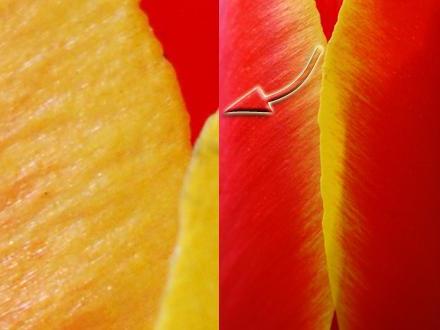All optical devices, regardless of their specificity and purpose, necessarily have one common physical characteristic, which is called "resolution". This physical property is decisive for all, without exception, optical and optical measuring instruments. For example, for a microscope, the most important parameter is not only the increasing ability of its lenses, but also the resolution, on which the image quality of the object under study directly depends. If the design of this device is not able to provide a separate perception of the smallest details, then the resulting image will be of poor quality even with a significant increase.

The resolution of optical instruments is a quantity that characterizes their ability to distinguish between the smallest individual details of the observed or measured objects. The resolution limit is the minimum distance between adjacent parts (points) of an object, at which their images are no longer perceived as separate elements of the object, merging together. The smaller this distance, the correspondingly higher the resolution of the device.
The reciprocal of the resolution limit is a quantitative indicator of resolution. This most important parameter determines the quality of the device and, accordingly, its price. Due to the diffraction property of light waves, all images of small elements of the object have the form of bright spots surrounded by a system of concentric interference circles. It is this phenomenon that limits the resolution of any optical devices.
According to the theory of the 19th century English physicist Rayleigh, the image of two nearby small elements of an object can still be distinguished when their diffraction maximum coincides. But even such a resolution has its limit. It is determined by the distance between these smallest details of objects. The resolution of the lens is usually determined by the maximum number of separately perceived lines per millimeter of image. This fact was established empirically.
The resolution of the devices decreases in the presence of aberrations (deviations of the light beam from a given direction) and various errors in the manufacture of optical systems, which increases the dimensions of the diffraction spots. Thus, the smaller the magnitude of the diffraction spots, the higher the resolution of any optics. This is an important indicator.
The resolution of any optical device is evaluated by its hardware functions, reflecting all the factors that affect the quality of the image provided by this device. Such influencing factors, of course, should include, first of all, aberration and diffraction — enveloping obstacles by light waves and, as a result, their deviation from the straight line direction. To determine the resolution of various optical instruments, special test transparent or opaque plates with a standard pattern, called worlds, are used.